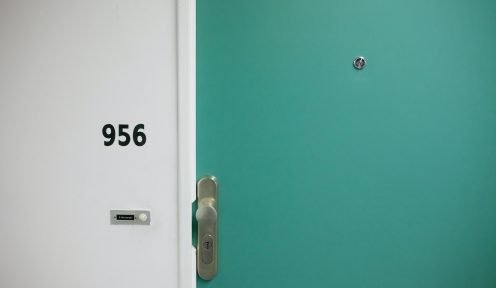
09.05.2021
Concurrence of several creditors and costs of the proceeding
How should costs be assessed when there are several creditors? Can each lawyer present his or her own fees? Do the same criteria always apply or will each specific case have to be examined on a case-by-case basis?
 Por
Ibáñez Puente, Celia
Por
Ibáñez Puente, Celia This article explains how judicial costs should be assessed when there is a plurality of parties in a proceeding and what are the exceptions and interpretations made by the Bar Associations and our Courts.
First of all, it is necessary to state that most of the Bar Associations provide for the division of the fee when there is a plurality of creditors. The objective is to avoid disproportion for those sentenced to pay the costs and to comply with the limitation set forth in Article 394.3 LEC. (Costs cannot exceed one third of the amount of the proceeding).
However, and even though this provision exists, the Bar Associations and the Jurisprudence itself, state that they may be modulated according to the circumstances of the case. And also, by the work actually performed by each of the lawyers. Therefore, we have already stated that the division of the ideal fee does not operate automatically.
Let’s see what interpretations are made by the Bar Associations in their rulings and the reasoning of the Courts on the “ideal fee”.
Contacto No te quedes con la duda, contacta con nosotros. Estaremos encantados de atenderte y ofrecerte soluciones.1. The division of the ideal fee of the attorneys’ fees included in the opinions of the Bar Associations.
As we said, most of the Bar Associations, in one way or another, contemplate the division of the minutes when there is a plurality of creditors. But there are others, such as the Cadiz Bar Association, which allows each defendant to submit a separate bill if the plaintiff loses the lawsuit. And others in which their opinions are limited to point it out as a matter to be resolved by the Court. (Santiago de Compostela Bar Association).
Well, in view of the numerous existing Bar Associations, in this article we are going to analyze what the Madrid Bar Association interprets in its rulings. And specifically, the parameters used to fix the amount of the costs when there is a plurality of interested parties.
The Association tells us that the mere existence of a plurality of parties does not imply an automatic division of a single amount. That a balance must be sought in order not to produce an unfair burden on the party sentenced to the costs. But also, a prejudice to the winning parties of the litigation, since they have been forced to use lawyers. Therefore, in summary, the following circumstances must be taken into account:
- Whether or not the defendants have used the same exceptions or arguments. In the sense that they may or may not have used a single legal defence.
- If the concurrence of several interested parties is due to legal or jurisprudential imperative. Or if, on the contrary, it is due to a voluntary choice of the party that causes such plurality.
- Which of the lawyers of the benefited parties has raised the argument that has caused the rejection of the claims of the opposing party.
Therefore, only when this whole range of possibilities has been studied, will it be possible to decide whether or not the fee should be divided.

Si te ha interesado este artículo no dudes en leer:
Judicial Compensation
2. Jurisprudential treatment of the division of ideal fees
Our Courts agree that the criteria of the Bar association are not binding and that they only have a guiding character. Without prejudice to the provisions of each one of them, the majority, when deciding whether or not to provide for the division, takes into account proportionality. And above all, the work actually carried out by each one of the parties and the consequences in the real and practical order of their performance. (Order of 2 February 2006 SC).
Other Courts, such as the Court of Appeals of Madrid, divide the fee among all the parties involved, increasing it by a percentage. This percentage is justified by the difficulty of attending to all the allegations and pleadings presented by the opposing party as well as by the other intervening party. (Order No. 680/2011 of September 30).
However, there are also Courts that directly divide the fees between the losing parties without analyzing the work done. And they do so by directly applying the guiding criterion and not the specific circumstances of the case. (AP of Teruel, Order no. 206/2009 of 27 October).
3. Conclusions
- Most of the Bar Associations are in favor of dividing the fee when there is a plurality of creditors. However, there are also others that do not contemplate it and leave it to the decision of the Court.
- However, the division of the minutes does not occur automatically. It must be analyzed on a case-by-case basis to seek a balance between the parties.
- The most common is to assess whether the same arguments have been used and whether the concurrence is due to legal imperative or jurisprudence. Or, alternatively, to a voluntary option.
- Although this criteria is not binding, the majority of our Courts also consider proportionality. But there is also a minority in favor of division without assessing the specific circumstances of the case.
If this article has been of interest, we also suggest you to read the following article published on our website:
Legal challenge of Company’s resolutions and its simultaneous correction












